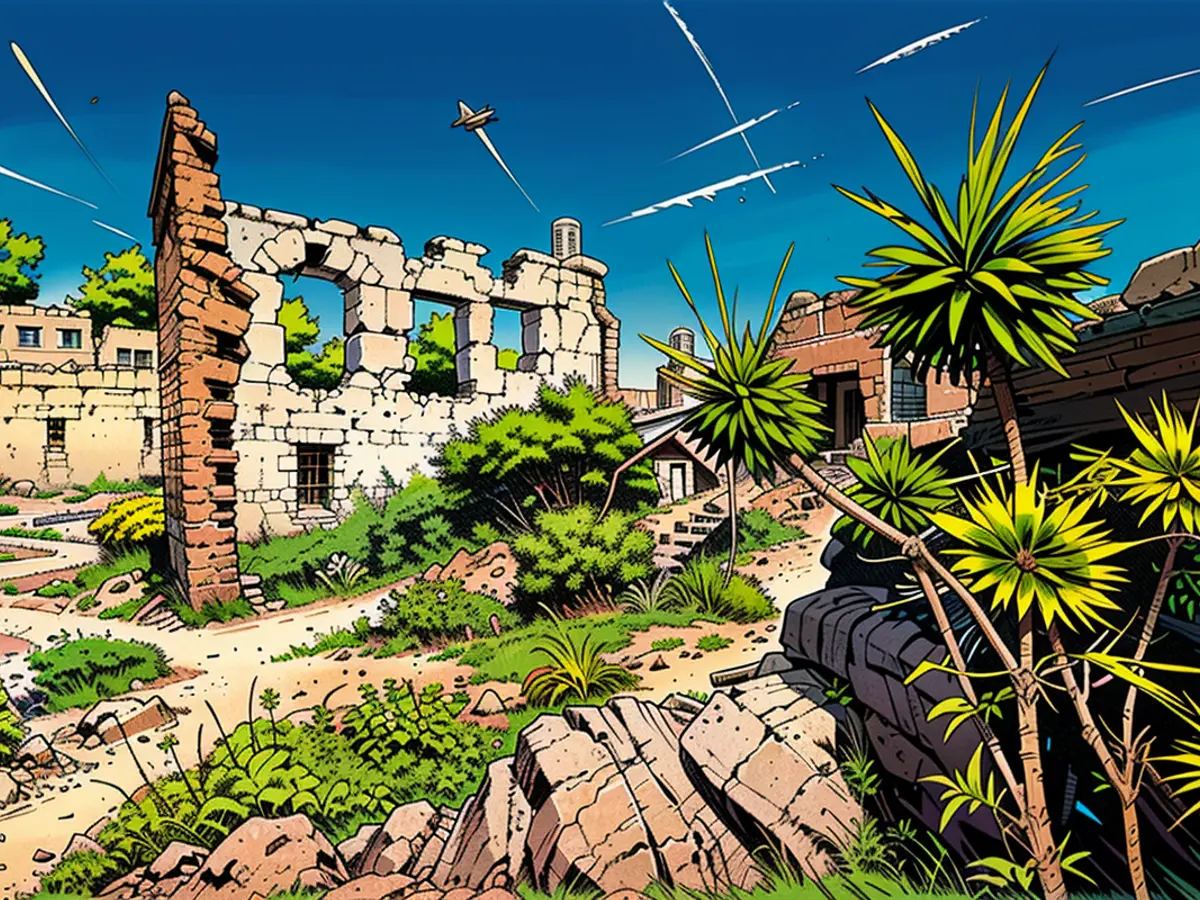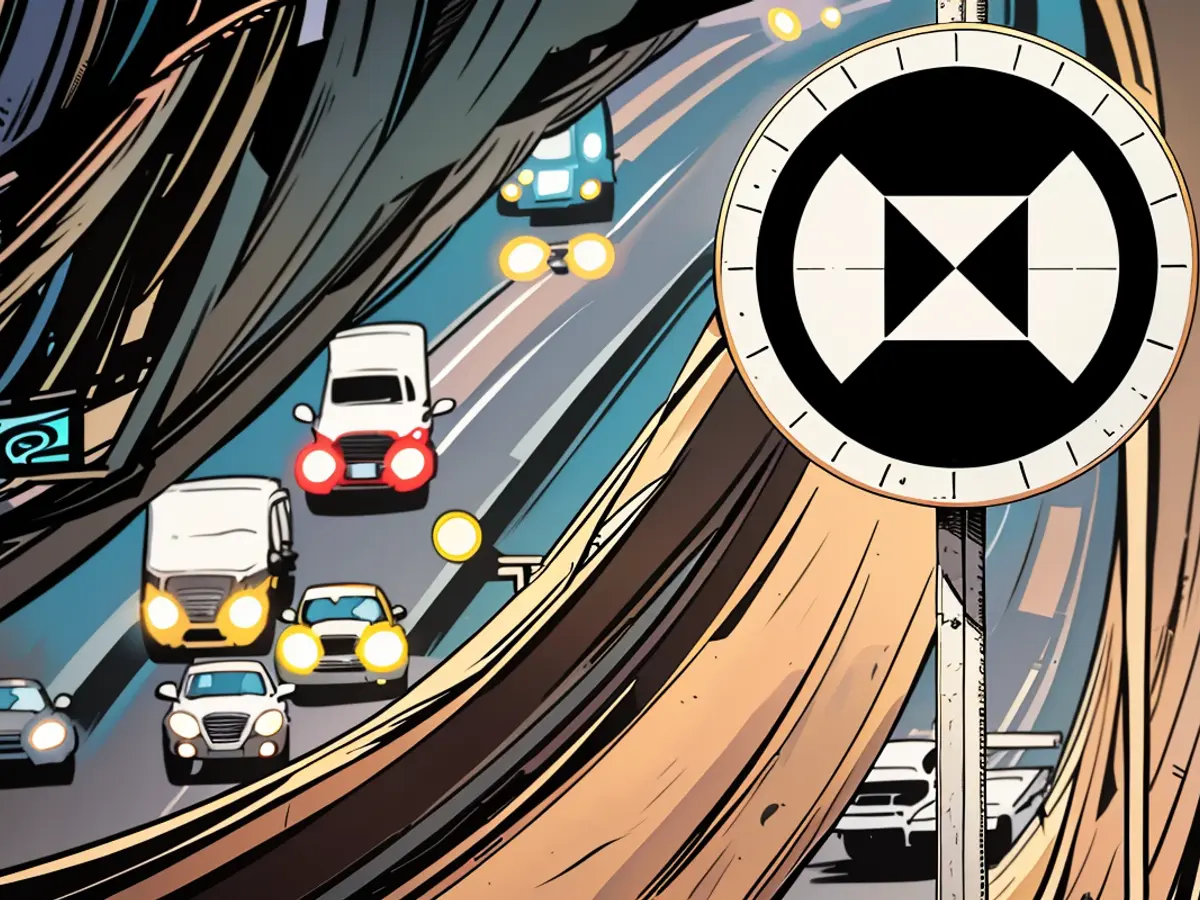The deserted settlement that has remained uninhabited for over a century now.
For the majority of the past century, there has been scarcity of inhabitants.
Kayaköy, situated in the southwestern Turkish province of Muğla's Muğla Province, is a real phantom town. Deserted by its inhabitants and tormented by its past, it serves as a grim memorial - a physical relic of the country's darker chapters.
The verdant hillsides are peppered with countless crumbling buildings that are slowly being reclaimed by vegetation. The panoramic views offer an insight into the lives of the vanished, making it a captivating and strikingly beautiful destination. In the summer, with the azure skies and blazing sun, it's disconcerting. Even more so in the colder seasons, when it's enshrouded in mist.
The Orthodox Christian Greek residents of Kayaköy were pressed to depart in the 1920s. A mere decade ago, Kayaköy, or Levissi as it was called, was a bustling town with at least 10,000 Greek Orthodox Christian inhabitants, many of whom were skilled artisans who coexisted peacefully with the region's Muslim Turkish farmers. However, during the turmoil surrounding Turkey's transformation into an autonomous republic, their peaceful lives were shattered.
The escalating tensions between neighboring Greece after the Greco-Turk war, which concluded in 1922, led both nations to expel people with ties to the other. Kayaköy's fate was a compulsory population exchange with Muslim Turks residing in Kavala, in the Greek regions of Macedonia and Thrace.
The new Muslim inhabitants were alleged to have been unsatisfied with their new dwelling, promptly relocating and leaving Kayaköy to decay.
Persistent sorrow
Of the few who chose to stay was the family of Aysun Ekiz, who now runs a small eatery at the main entrance to Kayaköy, offering refreshments to tourists exploring the town. The tales of those harsh times have been handed down from generation to generation.
“The Greek people were in despair because they didn't want to leave, my grandparents told me,” Ekiz, now selling homemade jewelry to visitors, recalls. “Some even left their children behind to be looked after by Turkish friends, thinking they would return. But they never did.”
Ekiz says that her grandparents' family were shepherds and easily adapted to life on the town's outskirts. The majority of the transplants, she attests, despised living in Kayaköy due to the blue color of the house walls, supposedly used to keep scorpions and snakes at bay.
Remnants of that blue hue can still be observed on the surviving walls of the 2,500 or so houses that make up Kayaköy, although most other aesthetic touches have been washed away by time. What remains is still worth exploring as a snapshot of an ancient way of life on the precipice of modernity.
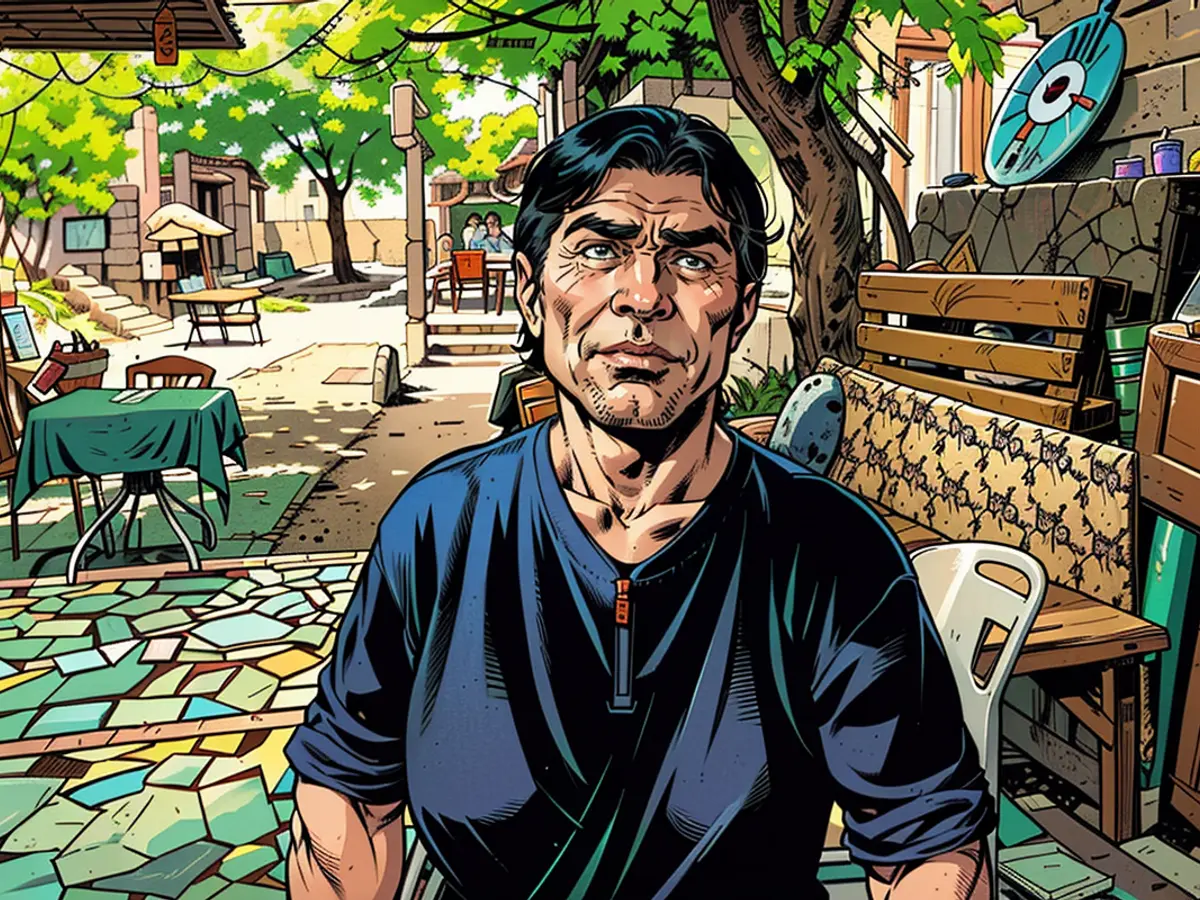
Jane Akatay, co-author of “A Guide to Kayaköy,” writes that one reason for the abandonment of the town may have been the palpable sadness that lingered over the place following the tragic events of the 1920s. Nature has also played a significant role in the deterioration of its man-made structures.
Earthquakes and tempests
“There have been earthquakes, there have been storms. The climate, the weather, the rainstorms... everything has affected this intriguing place,” she writes. “And also, over the years, the mortar holding them together has crumbled, and things have fallen apart if not maintained.”
Visitors pay a fee of three euros (around $3) at a tiny kiosk on the main road before entering Kayaköy. From there, they can explore the town on foot, navigating its sometimes rugged and uneven paths and alleys. Signs at the entrance point to the school, the churches, and the water fountain.
It's recommended to allocate at least a couple of hours to fully appreciate the site. With few visitors aside from occasional tour groups during peak periods, it's easy to find solitude, imagining the area's former liveliness, particularly in the town square, where local men would gather to drink tea and share stories.
Most of the houses, built a century before desertion, no longer have roofs and their crumbling walls are overtaken by vegetation. Some houses have sinkholes in their basements, once used for tanning hides for leather – shoemaking was a common profession here.
Many still boast intact cisterns – vital for storing water in a town without plumbing.
“Drinking water was transported on donkeys,” says Ekiz. She also recalls the harsh living conditions, where lacking proper sanitation, residents would use worn-out clothing instead of toilet paper. These rags were then burned as fuel or scattered on gardens as fertilizer.
Beneath the surface prosperity, Kayaköy was a relatively thriving community, once serving as the area's primary commercial hub, surpassing neighboring Fethiye – now a bustling urban center and popular tourist destination.
Although this was a close-knit community, Ekiz insists that each of the two-story properties was carefully spaced from its neighbor. “All of them were built so that no one's sunlight was blocked by another,” she says.
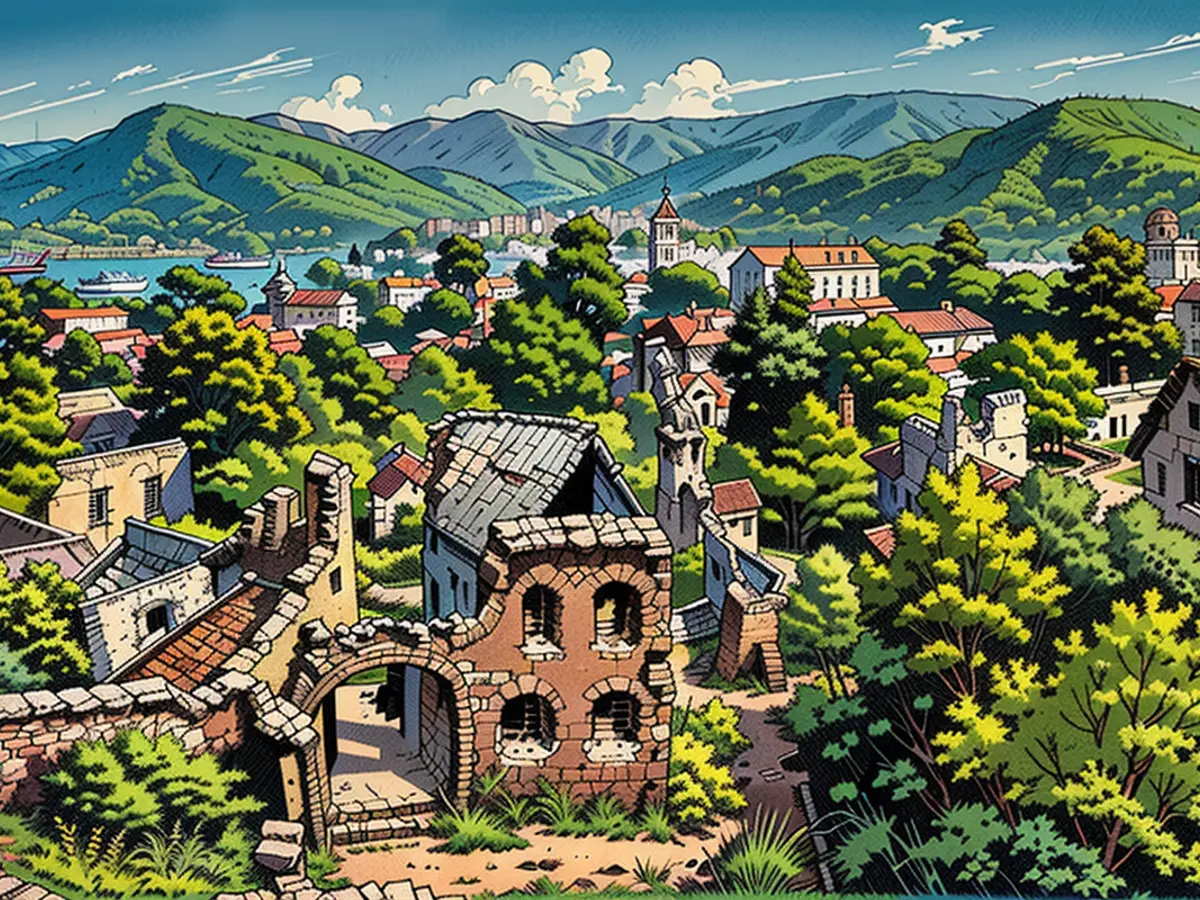
‘Bittersweet reminiscence’
One of the most prominent buildings in the town is the Upper Church, a grand structure with faded pink stucco walls and barrel-vaulted ceilings. Sadly, the building is closed due to its deteriorated state, although glimpses of it can be enjoyed from various vantage points.
At the highest elevation in the town, the ruins of Kayaköy's old schoolhouse offer panoramic views over the main church and the houses below. Today, a Turkish flag waves above the building.
Taking in the surroundings, Yigit Ulas Oztimur, taking a break from Ankara, Turkey's capital, labels Kayakoey as "a haunting echo of our past."
"This used to be a Christian settlement, but now it's a harsh reminder of what transpired," he voices out. "The fact that most structures still stand gives you a sense of what life was like here."
Marked paths lead through Kayakoey from neighboring towns, but it's easy to find yourself lost if you wander the streets. Certain alleyways abruptly end. Inviting doorways and staircases entice you everywhere (though, due to the decaying state of many buildings, travellers are advised to refrain from entry).
Venturing across the valley, navigating through the labyrinthine streets, the climb to the smaller church is an experience worth having. It's a challenging ascent over rough terrain and pine trees in the final stages, but it eventually opens up to the hill's peak.
Echoing the culture of its former inhabitants, the church mirrors the simple, rustic architectural style commonly seen atop villages on Greek islands. A small, unassuming structure with a domed roof and unadorned windows, its interior is completely bare.
Another Turkish flag waves proudly here, contrasting vibrantly against the deep azure sky. Below, nestled in a thickly wooded hillside, are the gleaming waters of the Adriatic Sea. It's an awe-inspiring vista - one that remains much the same as it was when Kayakoey was teeming with life.
The history of Kayaköy as a bustling town with 10,000 inhabitants, attracting tourists today for its captivating beauty and insights into the past, highlights the importance of travel to understand different cultures and periods.
Despite the stark contrast between Kayaköy's past and present, its continued existence serves as a testament to the transformative power of travel, inviting visitors to walk the deserted streets and imagine the lives of its former residents.

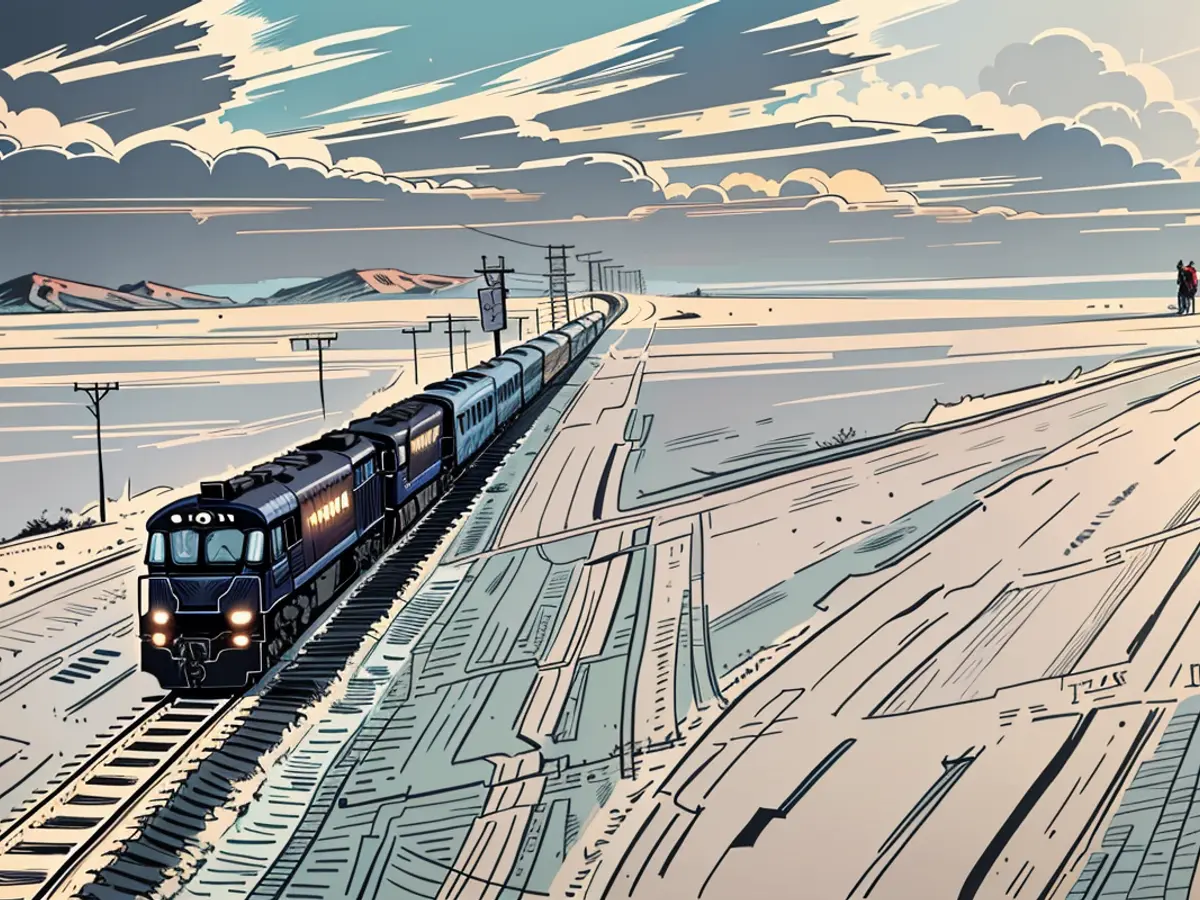
Read also:
- Fear of escalation in the Middle East: US Secretary of State Blinken travels to the region again
- Government circles: US Secretary of State Blinken to travel to Middle East again
- Bridging days 2024: How you can double your vacation this year
- Germany has wanderlust: how tour operators and airlines are looking ahead to the next travel year
